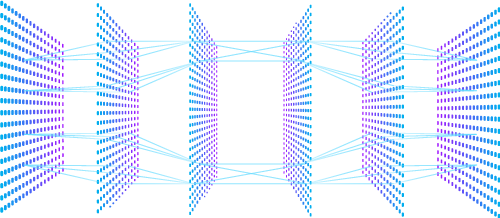What Are Generative Adversarial Networks (GANs)?
Generative Adversarial Networks (GANs) are a type of neural network architecture that can generate new data, including images, videos, and music. GANs are composed of two neural networks: a generator and a discriminator.
The generator is a neural network that takes in a random noise vector as input and produces an image as output. During training, the generator learns to create images that are similar to the real images in the training dataset.
The discriminator is another neural network that takes in an image as input and predicts whether it is a real image from the training dataset or a fake image produced by the generator. During training, the discriminator learns to distinguish between real and fake images.
The goal of training a GAN is to train the generator to create images that are so realistic that the discriminator can no longer distinguish them from real images. The training process involves a game-like approach in which the generator and discriminator compete against each other. The generator tries to create images that fool the discriminator, while the discriminator tries to correctly identify whether an image is real or fake.
As the generator and discriminator improve during training, the images produced by the generator become more and more realistic. GANs have been used for a variety of applications, including image synthesis, style transfer, and image-to-image translation. They have also been used to generate realistic images of faces, landscapes, and even entire cities.





